Sure, you know all about f-stops and composition. You’ve taken classes on lighting and landscape photography. But there’s a lot you don’t know — and a long list of photography classes and workshops that you’ve never even considered.
Here are a bunch of them.
Photograph Ghosts, Ghoulies and Things That Go Bump in the Night
You might have taken a photography class that taught you how to shoot a still life but how about a workshop that will show how to shoot dead things — or at least create photographs that appear to contain dead things?
Night photographer Lance Keimig runs three-night workshops among the historic monuments of Sleepy Hollow Cemetery. Participants have both classroom and field instruction where they learn how to shoot tombstones and mausoleums by moonlight. Ichabod Crane’s headless horseman is also expected to make an appearance and strike a pose. Just don’t ask him for a headshot.
Slightly less scary are Vintage Vixens’ Halloween-themed workshops. Instead of creeping around a graveyard in the middle of the night, you’ll be standing around a stately home in Baltimore, photographing models dressed in Gothic Halloween costumes.
And if that still sounds a little creepy, you can always fake it.
The Spirit Photography Workshop at George Eastman House will teach you the basics of making wet collodion tintypes. With that knowledge under your belt you’ll be able to create the kind of spooky ghost imagery that had 19th-century viewers reaching for their Ouija boards.
Beware of the Bears
Wildlife photography workshops are a dime a dozen (or, more accurately, several hundred bucks a session) but if you’re looking to focus on one kind of wildlife in particular, you can do worse than shoot bears.
The American Bear Association combines lessons in the natural history of the American Black Bear with an opportunity to photograph the animals in their natural environment. The Black Bear Photo Workshops are held at the 360 acre Vince Shute Wildlife Sanctuary in Minnesota. The workshop lasts for three days, and provides an opportunity to photograph the 50 bears known to frequent the park — as well as other wildlife, including whitetail deer, wolves, chipmunks, butterflies and birds.
If you’re looking for something a little more adventurous than Black Bears though, you could take a trip with the Aperture Academy to Norway to photograph polar bears. The academy is runs by master photographer Stephen W. Oachs who takes photographers out to the Svalbard archipelago of northern Norway. Home to about 3,000 polar bears, the archipelago contains one of the world’s largest concentrations of very dangerous, giant-clawed bears.
You’ll be cruising the fjords, shooting in 24-hour sunlight and in addition to photographing very strong and very hungry carnivores, you’ll also have a chance to capture some more sedate glaciers, walruses, reindeer, arctic foxes, whales, seals, puffins and fulmars. Dress warm but try not to look like a seal.
P-P-P Picture a Penguin
Photographing both Black Bears and Polar Bears would be one way to produce some interesting black and white photography. But when you’re finished in the Arctic, you could head to the other side of the world and put both colors in one picture by photographing penguins.
They’re not as savage as polar bears and their teeth aren’t quite as sharp but they are picturesque and they come in more varieties. The trip to the Falkland Islands, which includes a couple of days in Chile, provides an opportunity to photograph Rockhopper, Magellanic, King, Gentoo and perhaps Macaroni penguins too. The trip is timed to coincide with the breeding season so there should be lots of chicks to shoot, as well as striated caracara, skua, pied oystercatchers, upland geese, kelp geese, Falklands flightless steamer ducks, black-crowned night herons, and dolphin gulls.
At $ 4,795 a head (with a $ 200 single supplement) the nine-day January trip isn’t cheap but the next outing is already nearly fully booked.
Capture a Speeding Car
Penguins aren’t known for their speed so if you’re looking for something with a bit more adrenaline, you could go for one of the many car racing workshops.
David Allio’s career as a professional motorsports photographer spans four decades. He has been the official track photographer for at least ten different racetracks and the official series photographer for the NASCAR Winston Racing Series. He takes photographers out to the Las Vegas Motor Speedway and the Neon Garage to learn how to shoot Superspeedway races and drag races. He also runs trips to various sites to run short track oval auto racing sessions.
Classroom topics during the two-day program include: working safely in a high speed environment, lens selection from fisheye to super telephoto, workflow and software, copyright and licensing, preparing photographs for publication, high speed action in low light, establishing your own personal style, and editorial responsibility.
A visit to a Vegas race track is unlikely to be relaxing but Michael Chinnici’s 24 Hours of Le Mans workshop not only lasts nine days but manages to combine high-octane subjects with more sedate wine-filled touring. In addition to photographing the Porsches, Audis, Ferraris, Peugeots, Aston Martins, Bentleys, BMWs, Maseratis, and Corvettes that take part in the 24 hour road race, participants will have an opportunity to photograph the streets of the old city, visit Mont St Michel Castle and take part in Loire Valley wine tours. It’s not Vegas, but that might be a good thing.
Old Folk Get to Preserve Their Memories
Although most of these workshops are aimed at reasonably experienced photographers who want to improve their skills and shoot something different, it’s not too hard to find classes aimed at young beginners just beginning their photographic journeys.
Finding a workshop for old beginners starting their photographic journeys is a little harder.
But that’s what Singapore’s Housing and Development Board offers. In addition to the regular sessions on parents and children, and seven steps to better photography, the board also offers 2.5 hour classes on “Silver Photography for Seniors.”
The seminar introduces basic concepts in photography such as camera handling, how to scene functions and composing pictures. The jargon is kept to a minimum and the memories are preserved forever.

Photopreneur – Make Money Selling Your Photos











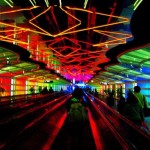
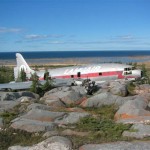
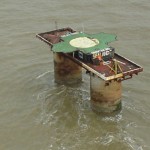








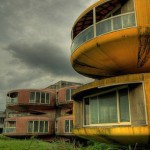
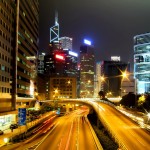
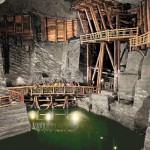


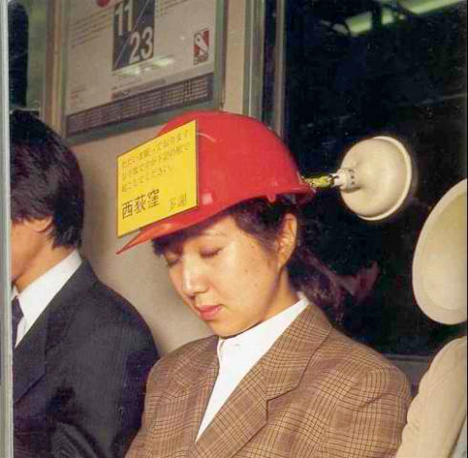
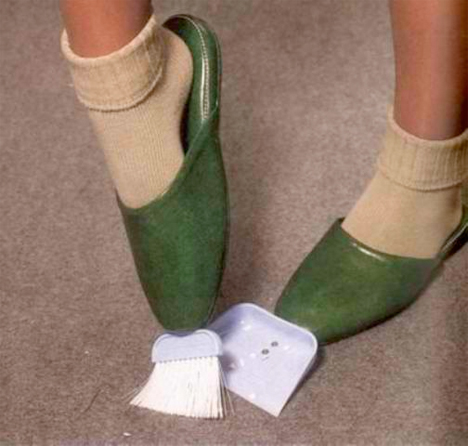
















You must be logged in to post a comment.